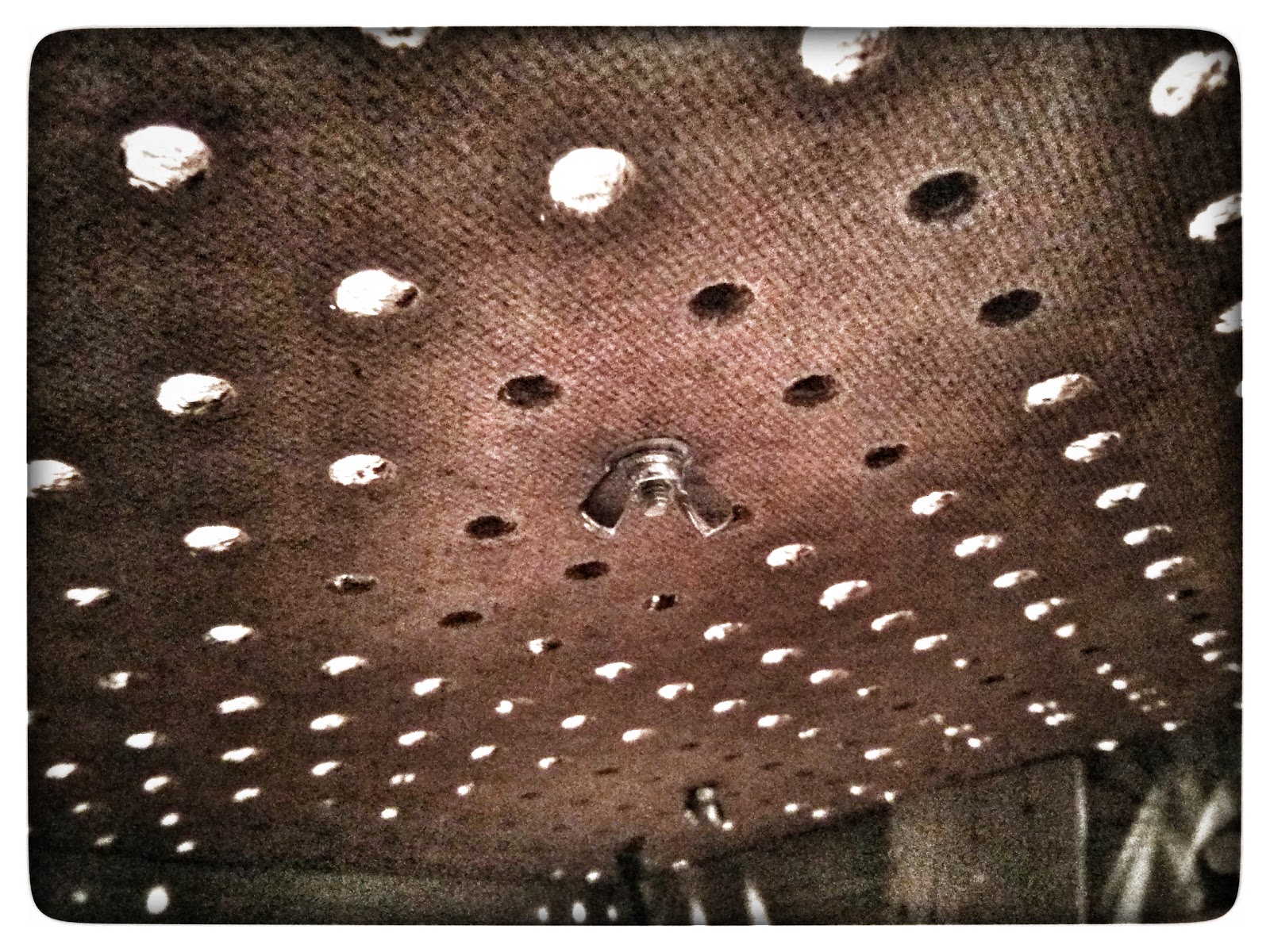I started by building a model of a hand out of clay.
I used a simple wire frame to start,
then built up the hand using the clay. Once the clay dried, I cleaned up the shape a bit with sand paper and smoothed out the surface.
The next step is to make a mold of the hand. I used Sculpey brand clay for the mold because it is a little flexible after it cures. This comes in handy when putting the two sides of the mold together. Also, Sculpey cures in about 15 minutes in the oven so you don't have to wait overnight for it to dry. I baked the bottom side of the mold first.
After the bottom side cooled, I put the model hand back into the finished mold and formed the top over it. You must be very careful not overlap the top side and the bottom side. You want them to be flush, but they need to come apart in the end.
I baked both the top, bottom and the hand together in the oven. This way I could be sure the top will hold it's shape while curing. After the mold cooled I pulled it apart, and set aside the model hand.
Next I needed to add a release agent to the mold so the rubber would not stick. I like vaseline because it does not pool at the bottom of the mold once applied. I covered every surface where the rubber would come in contact with the mold with vaseline. The next step was to build a wire armature. I used animation wire to form a hand shape that was slightly smaller than the mold.
I used duct tape to secure the two sides of the mold.
The seam around the edge of the mold must be sealed. I wrapped the entire mold in tape, then used a clamp to set it upright. I did not put much pressure on the clamp because it was in danger of breaking the mold.
The rubber I used for the hands is called Poly PT Flex 60. It is a two part system, you mix 1 part a with 1 part b and pour into your mold. Very simple.
Once set, the color of the Poly PT Flex 60 is kind of a transparent amber, which is not the color I wanted. I added pigment to part a of the mix to change the color to black. You can buy pigment for liquid rubber but it is kind of expensive so I used oil paint. There are a number of dyes you can use to change the color of the rubber as long as they don't contain any water. The chemicals in the liquid rubber convert the water into carbon dioxide creating thousands of tiny bubbles, which will ruin your day. The rubber turns into a very slow, but unstoppable, volcano.
After adding part b, I mixed the two parts thoroughly, and poured the mix into the mold. I used an alligator clip to suspend the animation wire in the rubber mixture.
I let the rubber cure for about an hour before removing the tape and slowly pulling apart the mold.
One freaky alien hand done, one to go.
























































